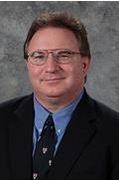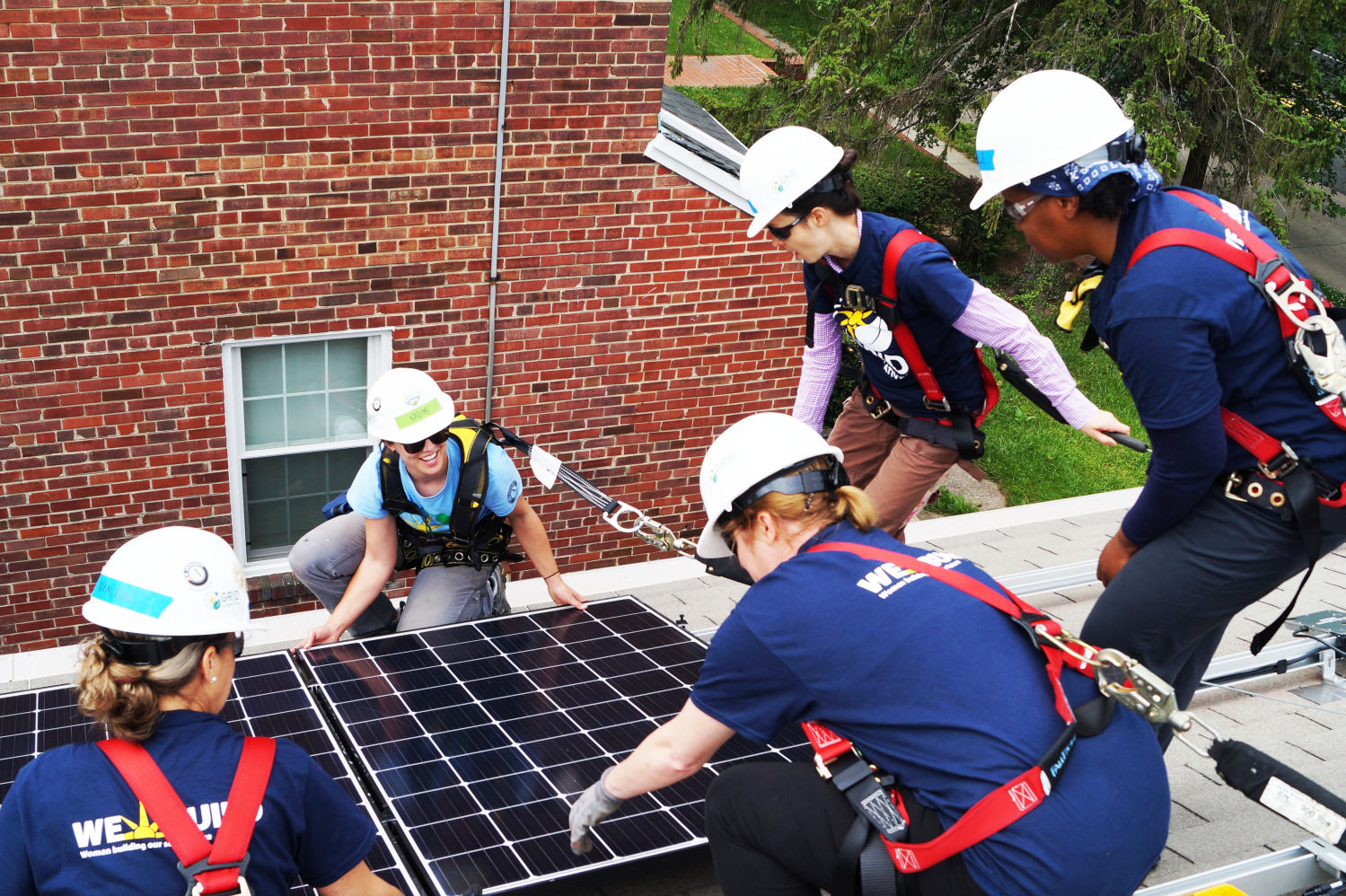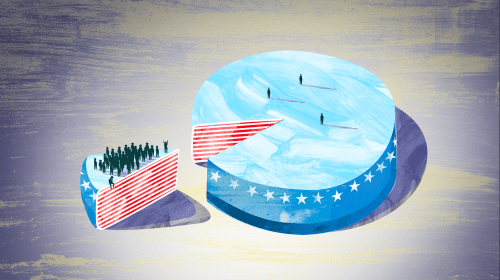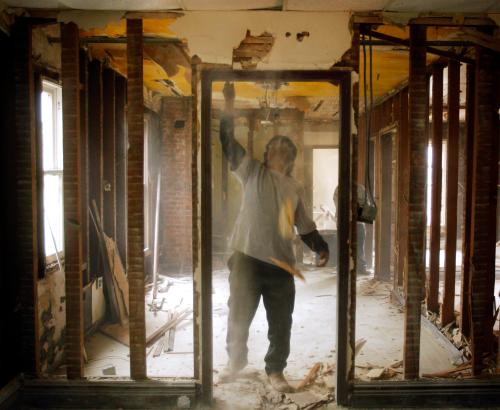executive summary
This paper examines the case for national service, highlights the various ways in which that service could unfold, and concludes that large-scale national service is needed in America now.
America’s civic health is in significant decline. The percentage of Americans who say others can be trusted fell from 46 percent in 1972 to just 31 percent in 2016, with 36 percent of whites and 17 percent of Blacks expressing such trust; and, in recent years, trust in the media, government, and the courts has fallen to historic lows.[i] It is no surprise that communities are fraying in places like Charlottesville, Ferguson and Baltimore, and that America is not fulfilling its potential, as political institutions suffer from partisan gridlock, and the institutions that serve as checks on power and as guarantors of individual rights are increasingly under attack.
Over the last quarter-century, much of the best biogenetics research and neuroscience has indicated that human beings are probably more hard-wired than not by evolution to empathize, cooperate, and coalesce.[ii] Today, however, only 28 percent of Americans say they belong to any group with leaders they consider accountable and inclusive; and four large-scale, integrating civic institutions built up during the 1900s have shrunk significantly since the turn of the century: churches and other religious congregations; unions; metropolitan daily newspapers; and political parties for grassroots participation that persisted past particular campaigns.[iii] As the “Pluribus” in “E Pluribus Unum” becomes even more diverse and we need to cultivate a greater sense of “we,” America will need civic bridges that span our nation’s demographic divides and socioeconomic fault lines.
One powerful idea to rebuild our civic bridges is universal national service – an expectation and opportunity that young people as they come of age perform a year or more of military or civilian national service. Such service would bring young people from different backgrounds, income levels, races, ethnicities, and areas of the country together in shared experiences to solve public challenges as they form their attitudes and habits early in life. Many would discover that they are leaders – the kind of leaders who could work across differences to get things done. There would be other positive effects.
Across 139 studies, positive outcomes for national service exceeded null or negative effects by a ratio of about 7 to 1, with the largest positive effects related to the server’s skill development, direct beneficiaries, service expansion, service quality, and volunteer mobilization.[iv] In addition, a 2013 study prepared for the Franklin Project and Civic Enterprises in association with Voices for National Service reports a benefit-cost ratio of $3.9:$1 for CNCS programs and all of their respective partners (City Year, Youth Build, the Senior Companion Program, and many others). [v]
In this paper’s opening section (Section 1), we outline the case for making universal national service a reality.
In the second through the fifth sections of this paper,[vi] we raise various questions about several standard pro-universal national service arguments and assumptions:
- Does public support for national service programs like those presently sponsored by the federal government run both deep and wide (Section 2)?
- We suspect that it runs wider than it runs deep, but we need much better polling than presently exists to find out and studies of how national service heals divides across race, ethnicity, income, geography, faith and politics among corps members.
- Do either service programs in general, or marquee, tax-supported programs like AmeriCorps in particular, or both, yield predictably and reliably positive returns on dollars invested and hours dedicated (Section 3)?
- In a word, “probably,” but more balanced benefit-cost analyses and more robust program evaluation studies should be welcomed by both fans and foes of universal national service.
- Is support for universal national service in sync with the civic traditions that are etched into the saga of the U.S. Selective Service System; and, is the American preference for voluntary over mandatory service exceptional in relation to what most other nations do or have done in this civic domain (Section 4)?
- In two words, “yes” and “no”—yes, universal national service could be the next best chapter in the U.S. Selective Service System saga; and, no, far from being exceptional, the American preference for voluntary over mandatory national service is mirrored all across the globe.
- Is mandatory national service as problematic constitutionally as is generally believed; and, if not, is the case for universal but strictly voluntary national service merely the more politically feasible of two goods—or, as national service naysayers might say, merely the lesser of two evils (Section 5)?
- We find mandatory national service to be far less problematic constitutionally than it is generally believed to be and have secured a legal opinion from a nationally-reputable law firm confirming this conclusion. Politically, however, mandatory national service is impossible, and advocating for it probably does more to undermine than to undergird the case for universal voluntary national service.
In the paper’s closing section (Section 6), as a concrete “next first step” toward universal national service, we prescribe eliminating the gap between the number of qualified and eager-to-serve applicants to the number of national service opportunities available, and we outline principles and policies for model legislation to achieve that goal and related ones. Given the state of our civic decline, large-scale voluntary national service is an idea whose time has certainly come.
[i] M. Atwell et al, Civic Deserts: America’s Civic Health Challenge (Civic Enterprises, National Conference on Citizenship and Tufts University Johnathan M. Tisch College of Civic Life, 2017). See also R.D. Putnam and J.M. Bridgeland, America Needs Big Ideas to Heal Our Divides for the PBS News Hour: https://www.pbs.org/newshour/nation/america-needs-big-ideas-to-heal-our-divides-here-are-three[ii] For example, see J.Q. Wilson, The Moral Sense (New York: Free Press, 1997), and J. Decety and W. Ickes, eds., The Social Neuroscience of Empathy (Cambridge, MA: MIT Press, 2011).[iii] Atwell et al., op. cit.[iv] J.L. Perry and A.M. Thomson, Civic Service: What Difference Does It Make? (New York: M.E. Sharpe, 2004).[v] C. Belfield, The Economic Value of National Service, Franklin Project and Civic Enterprises in association with Voices for National Service, September 2013.[vi] Portions of the remaining sections of this paper are adapted in part from J.M. Bridgeland, S. McChrystal, R. Gates, C. Rice and S. Hadley, Testimony before the National Commission on Military, National and Public Service, June 17, 2019; internal briefing memos on national service prepared by J.J. DiIulio, Jr. for Civic Enterprises, LLC, in 2016 and 2017; and selected papers on the topic commissioned by Civic Enterprises, LLC over the last decade. The co-authors also wish to acknowledge and thank Professor Donald F. Kettl for his help in searching for reliable data on the gap between the number of applications to federal government-supported national service programs and the number of positions available in these programs.John Bridgeland is Vice Chair of Service Year Alliance. Beyond this affiliation, the authors did not receive financial support from any firm or person with a financial or political interest in this article.







